Explore The Valley of The Kings in Luxor
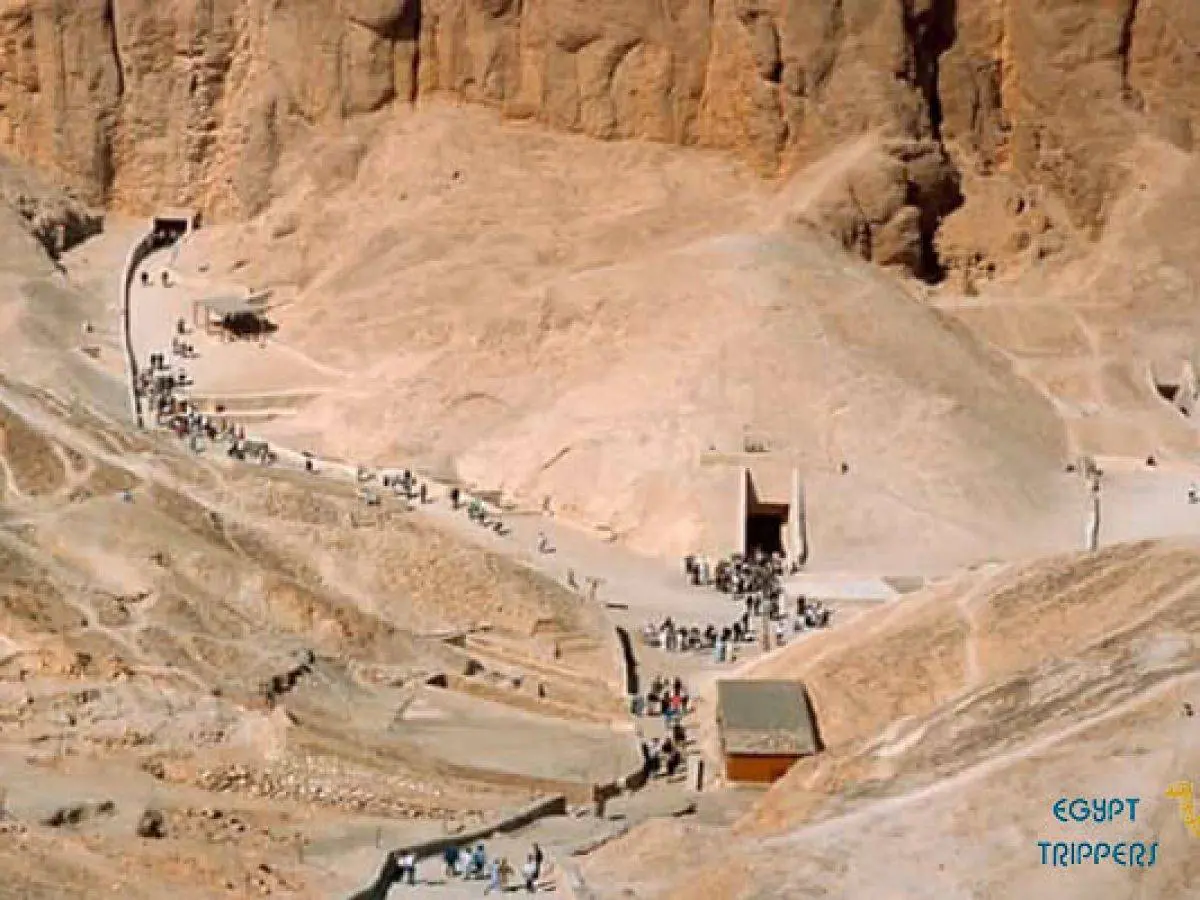
The Valley of the Kings is a valley in Egypt that was used over a period of 500 years during the period between the sixteenth and eleventh centuries BC to be a complex for the tombs of the Pharaohs, King Tutankhamun tomb, and the nobles of the modern state extended during the eighteenth and twentieth centuries. The valley is located on the west bank of the Nile River in the face of the mountains and is known as Luxor now in the heart of the ancient funerary city of Taiba.
The Valley of the Kings is divided into two wadis of the eastern valley, which is home to most of the royal tombs, and the western valley, which contains many treasures that dazzled the world through the amazing Pharaonic burial rituals in which the mummies and tombs were clearly buried. There are 62 tombs in the valley, 26 of which are tombs for kings and the rest for senior officials and some members of royal families and priests.
The ancient Egyptians called it the name of the great cemetery. This valley was chosen for easy access from the Nile Valley and its ease of guarding between high hills and limestone mountains. Explore through this article the most important tombs in this wonderful valley you can visit through our unique Luxor tours.
Top 8 Tombs of The Valley of The Kings
1- The Tomb of Ramses II
It was located on the right side of the road facing Ramses IX, a large building with a few prominent features. The tomb was given the same fate as the kings of Egypt. The mummies were moved about 100 BC to the first cemetery of Abya City after they were stripped of their coils. And was transferred in 973 BC – M to the cemetery of Hapu and then ten years transferred to the cemetery of Amenhotob II and then ended up in the cache of the monastery until the sea was found in 1881.
2- The Tomb of Ramses IV
It is located on the right side of the road outside the direct entrance barrier. Its tomb was plundered at an advanced time. It must have been destroyed. There is a disk of the sun, which represents the goddess Ra, and is an image of the goddess of news, and is crowned with a ram’s head. On the other side, Isis and Nefitz worship him and still the granite ark of the king is in a room. The burial and the chamber feature colorful inscriptions and illustrations of the gods.
3- The Tomb of King Tuthmosis the Third
This cemetery differs in its system from the other tombs of the Valley Kings. It consists of two axes. These two axes are almost an angle and the entrance to the tomb is magnificent. In 1898 the entrance was led to a steep slope. The corridor leads to a corridor and the corridor ends in a small room with a descending stairway To a small corridor and then to the well of the colorful well-roofed blue and white stars and up to a depth of 6 meters, and we will reach the room is almost square with two pillars and its floor is blue and its roof decorated with yellow stars on the walls there is a long list of names of gods and gods in the other world up to 741 Name and name In the northern corner of this room prolapsed staircase connects to the burial chamber, which takes the form of cartridge Royal holds the roof of the burial chamber, two columns and there is lined with four small rooms, covering the room set of inscriptions and texts graphic written black color, red, which is still far in good condition.
4- The Tomb of King Tuthmosis the Fourth
Discovered in 1903 by Theodore Davies and Carter’s help, the cemetery consists of three interlocutors. Each axis meets the other in an angle that almost begins with the entrance to the cemetery leading to a descending staircase and then to the vestibule and then to a rectangular chamber whose floor is shaped like a ladder The corridor ends at the well chamber, which contains many colored scenes painted at the top of the walls representing the king, standing in front of each of the machine Osiris and Anubis and Hathor and when out of the chamber of the well, there is another room has inside the columns are free of inscriptions and in the north corner of which there is a descending staircase Reaching to a falling ladder Another room that contains many colorful scenes representing the king standing in front of the machine and some other scenes depicting the king, he accepts the sign of life (Ankh) of the machine Hathor and Anubis of this room get to the main burial chamber, which has a roof 6 columns in two rows and The last two columns have a staircase leading to a low where there is the coffin carved and made of red granite stone and opens this burial chamber on four small rooms two rooms on each side and funeral furniture found in this cemetery was moved to the Egyptian Museum to display.
5- King Tutankhamun Tomb
It was discovered in 1922 after an exploration process that was extracted for many years in vain by Lord Carnarvon and the world of Carter. The tomb was found in the rock 13 feet below the tomb of King Ramses VI extending from its entrance a ladder of 1.6 meters and four rains leading to a blocked entrance with painted stones The seals of Tutankhamun were discovered in the tomb. The tomb was opened in ancient times because it has traces of two successive openings that were re-painted with mortar. The corridor extends into the chamber, which is filled with funerary furniture. The wall is located in the left corner. Which had a large outer chamber made of gilded wood. Inside it were three other similar booths with the original sarcophagus made of yellow sandstone. The arches of the four goddesses, the goddess Isis, Neptis, and Niet, were woven. The coffin was covered with their wings in front of the coffin and the ark contained three other coffins The tomb of Tutankhamun is distinguished from other tombs as the only tomb untouched by thieves, possibly due to the tomb of King Ramses II above.
6- The Tomb of Amenhotob II
Was discovered in 1898 begins with an entrance leading to a descending staircase and then to a hallway carved into the rock leading to a rectangular chamber that leads the room to another corridor leading to the well room. There is a rectangular side room that is free of inscriptions and on the left there is a staircase that descends to a short corridor leading to a room The burial is a large hall whose roof is based on 6 columns in two rows and between the last two columns there is a staircase leading to a low where there is the coffin containing the royal mummy which was transferred to the Egyptian Museum. The coffin was carved from quartzite stone and there are four other small rooms in the room Located to the right of the entrance was found b There were nine royal mummies. The first room had three mummies of unknown persons, and the ceiling of the room was decorated in blue with stars painted in yellow.
7- The Tomb of the King Seti I
It was found in a mountain gorge at the end of the western branch of the Valley of the Kings. It was found engraved in the rock of the mountain to a distance of 66 meters when it was discovered in 1817 by Giovanni Belzoni. The cemetery begins with a staircase leading to the entrance to the cemetery and then a slope leading to another staircase, And then the burial chamber, which contains the coffin Granny pink when a worker entered the burial chamber called the name of the cemetery of the monkeys because the walls were ordered by 12 monkeys arranged in three rows in addition to other colorful scenes of the gods and the king and his wife. The king was unable to complete his tomb as perfectly as planned, as the tombs were carried over on a rough, uneven layer of plaster.
8- The Tomb of King City II
Was famous in 1922 as a laboratory for the treatment and restoration of fine pieces found in the tomb of Tutankhamun with many good drawings, especially the king’s own icon on the right-hand wall near the entrance. He presents a statue of the goddess of truth. It is noted that the cartridges and drawings of the door have been erased The king was allegedly taken off and then brought back to the throne.
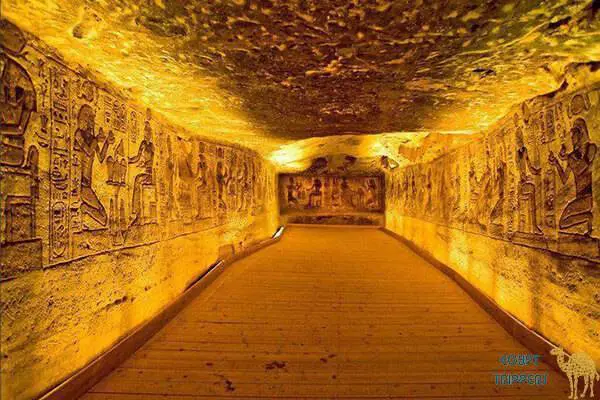
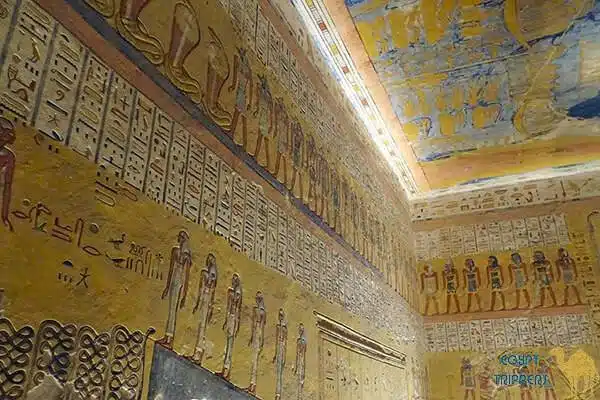
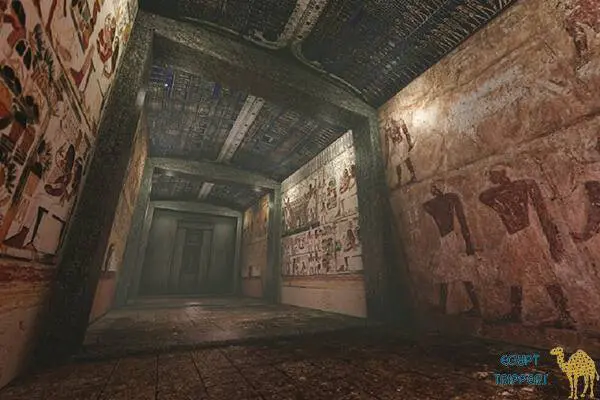

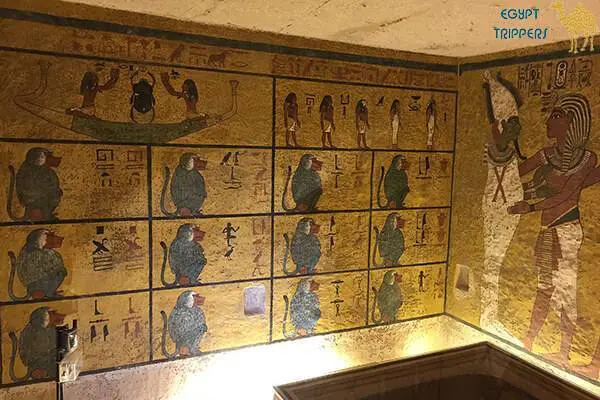
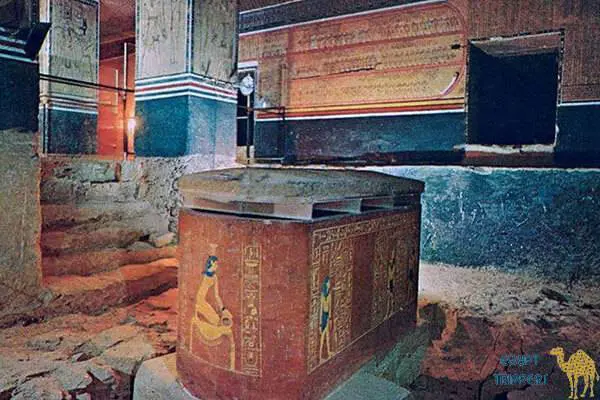
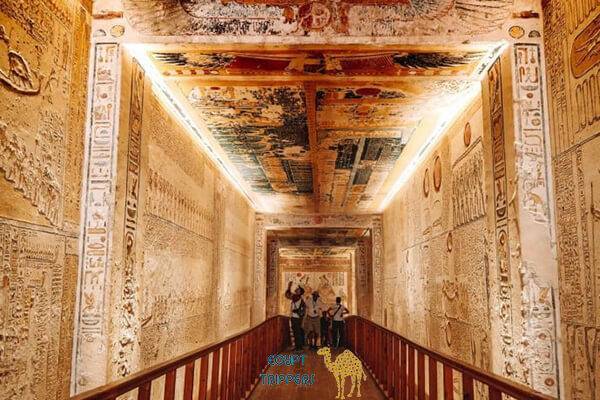
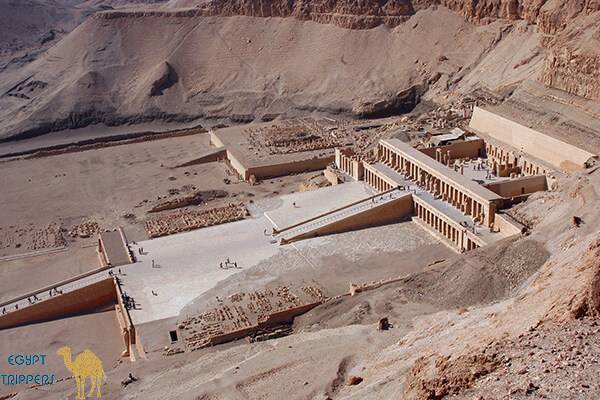
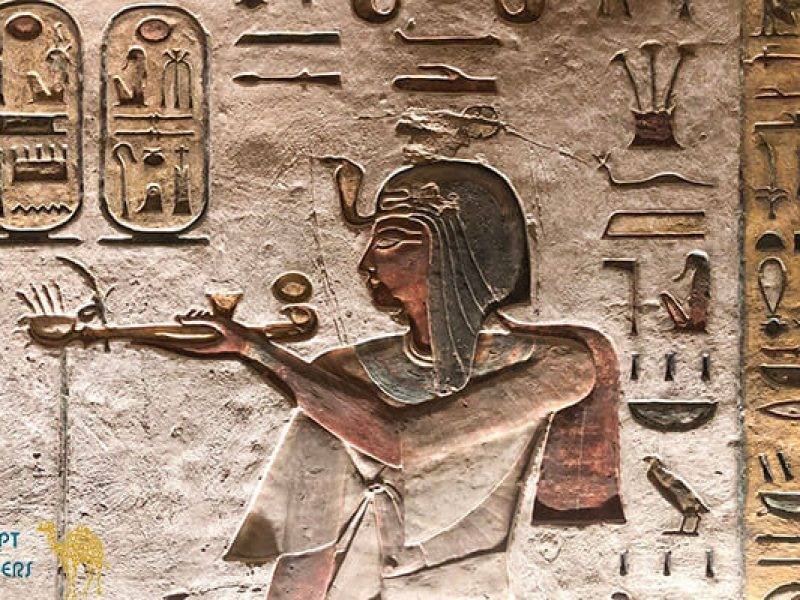

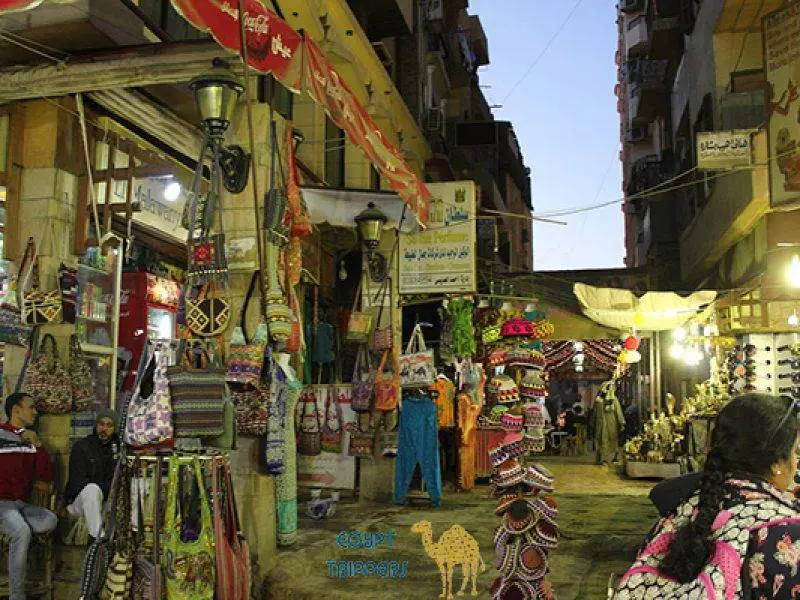
Leave a Reply